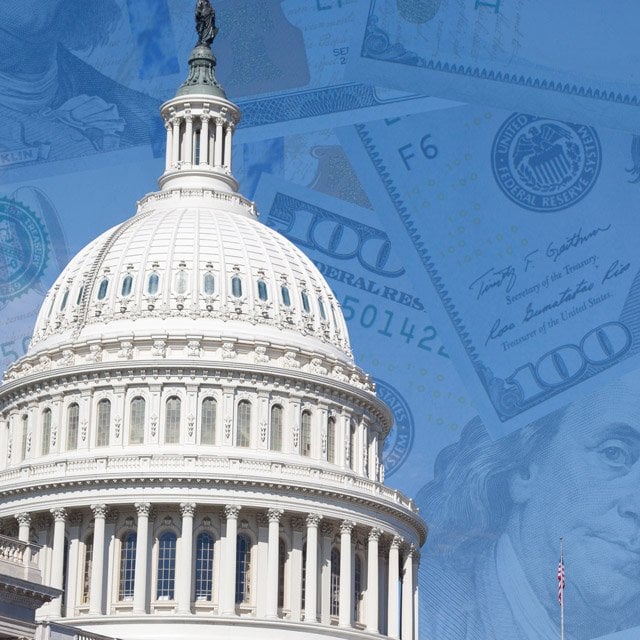COVID-19 Drove Up Group Term Life Death Claims: SOA Survey
Claim Counts
The SOA committee found that, based on the group term life claim records they were able to get, the number of insured deaths occurred in the first quarter was 3.1% lower than expected. In the second quarter, after the pandemic flared up, the number of deaths was 13.5% higher than expected. In July and August, the number of deaths was 11.9% higher thethan expected.
Claim Amounts
The gap between the actual amount of death benefits paid and the expected amount was bigger than the gap between the actual and expected number of deaths. Group term life death benefit payouts were at 100.1% of the expected amount in the first quarter, 120.1% of the expected amount in the second quarter, and 129.3% of the expected amount in the third quarter
Occupational Matters
For group term life insureds, COVID-19-related mortality is about the same for insureds ages 0 to 44 as it is for insureds ages 45 to 65, according to the SOA. For the first eight months of this year, actual mortality has been 2% higher than expected for blue collar workers, 6% higher than expected for gray collar workers, and 17% higher than expected for white collar workers.
Age Issues
When the SOA committee looked at group term life mortality broken down by age, they found that the absolute number of excess deaths of workers under 45 has been low. Only 8% of the COVID-19 death claims in the SOA survey were for workers under 45. But the mortality rate for younger workers usually is very low, and the pandemic seems to have multiplied the odds of younger workers dying about as much as it's multiplied the odds of older workers dying. For the policies and claims in the SOA survey, the ratio of actual deaths to expected deaths has been about the same for workers ages 0 to 44 and for workers ages 45 to 64. In the third quarter, for example, the excess mortality percentage was 1% for workers ages 65 to 99, 29% for workers ages 45 to 64, and 27% for workers ages 0 to 44. — Read COVID-19 Might Have Caused $2 Billion in U.S. Life Claims So Far, on ThinkAdvisor. — Connect with ThinkAdvisor Life/Health on Facebook, LinkedIn and Twitter.
© 2025 ALM Global, LLC, All Rights Reserved. Request academic re-use from www.copyright.com. All other uses, submit a request to [email protected]. For more information visit Asset & Logo Licensing.
Featured Resources
View All
Sponsored by Illinois Mutual Life Insurance Company
4 Reasons To Sell Simplified Issue Disability Income Insurance (SIDI)

Sponsored by Illinois Mutual Life Insurance Company
Simplified Issue Disability Income Insurance (SIDI): A Smarter Way to Sell and Protect







